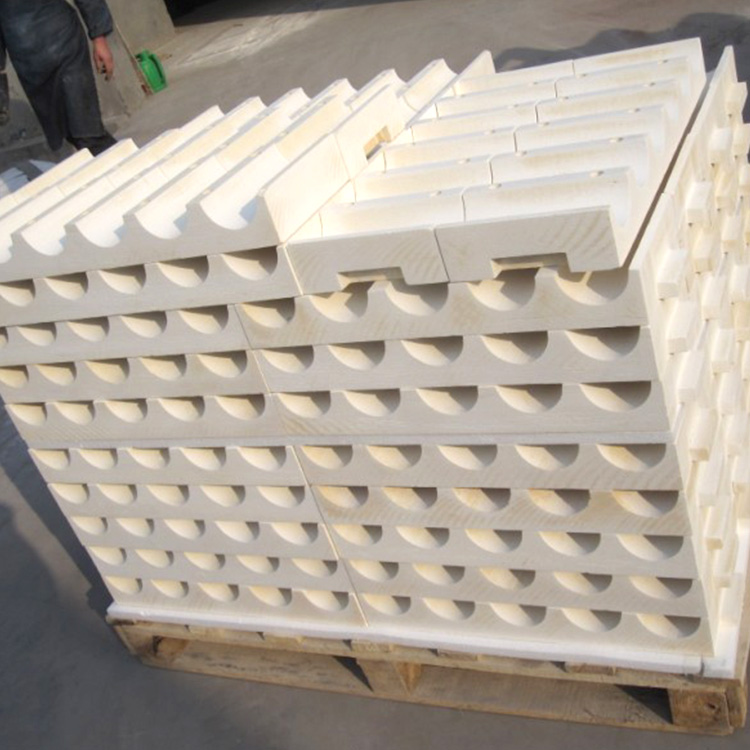In industrial furnaces operating at elevated temperatures, energy consumption remains a critical concern impacting operational costs and environmental footprint. Effective insulation of the furnace lining plays a pivotal role in minimizing heat loss, preserving structural integrity, and enhancing overall performance. High-strength refractory clay insulation bricks—characterized by their low thermal conductivity and superior thermal shock resistance—have emerged as vital components in furnace energy-saving strategies.
Conventional high-temperature furnaces in sectors such as metallurgy, machinery manufacturing, and chemical processing often face energy dissipation rates exceeding 15-20% through inadequate refractory linings. Such losses not only boost fuel consumption but also accelerate wear and deformation of furnace structures. The insulation layer acts as a thermal barrier, significantly reducing conductive and convective heat transfer to the furnace shell and environment, which directly correlates to fuel savings and extended service life.
High-strength refractory clay bricks typically exhibit thermal conductivities ranging between 0.2 to 0.5 W/m·K at operating temperatures above 1000°C. This contrasts markedly with dense refractory bricks whose conductivities may reach >1.5 W/m·K, resulting in increased heat loss. Additionally, the high thermal shock resistance—quantified by resistance to rapid temperature fluctuations exceeding 100 cycles without cracking—vastly improves durability in cyclic operating conditions.
These material advantages ensure that the insulation layer delays heat penetration, maintaining furnace shell temperatures 30-50°C lower than non-insulated counterparts, thereby safeguarding the furnace’s mechanical components.
The implementation of refractory insulation must prioritize meticulous construction protocols to maximize thermal efficiency:
Neglecting these key elements often results in premature refractory failure and suboptimal energy conservation.
A prominent metallurgical enterprise implemented a redesigned insulation scheme employing high-strength refractory clay bricks, coupled with precise joint alignment and rigorous sealing protocols. Over a 12-month monitoring period, this retrofit demonstrated:
| Performance Metric | Before Optimization | After Optimization | Improvement (%) |
|---|---|---|---|
| Fuel Consumption (GJ/month) | 450 | 380 | 15.6% |
| Thermal Shock Failure Incidents/year | 4 | 1 | 75% |
| Service Life of Lining (years) | 5 | 7.5 | 50% |
These findings concretely validate how strategic refractory design and installation amplify furnace efficiency and durability while advancing green manufacturing objectives.
Aligning with global sustainability mandates, the design and precision assembly of refractory insulation layers constitute a practical approach to reducing carbon emissions by curbing fuel usage. Industry standards such as ISO 50001 (Energy Management) and EN 1094-1 emphasize insulation performance parameters that, when adhered to, facilitate compliance and showcase industry leadership.
Operational teams and technical managers are encouraged to integrate these advanced insulation strategies to realize measurable environmental and economic returns.

For companies seeking tailored insulation solutions that optimize furnace longevity and energy efficiency while aligning with environmental goals, discover our advanced refractory insulation product range and request a customized design plan today.


